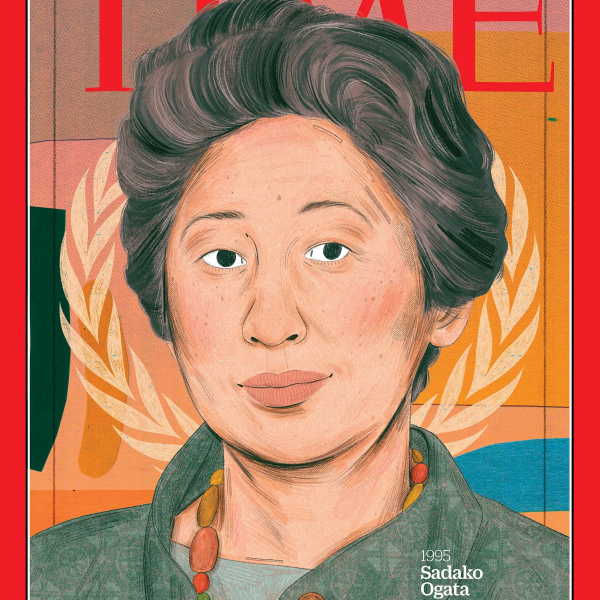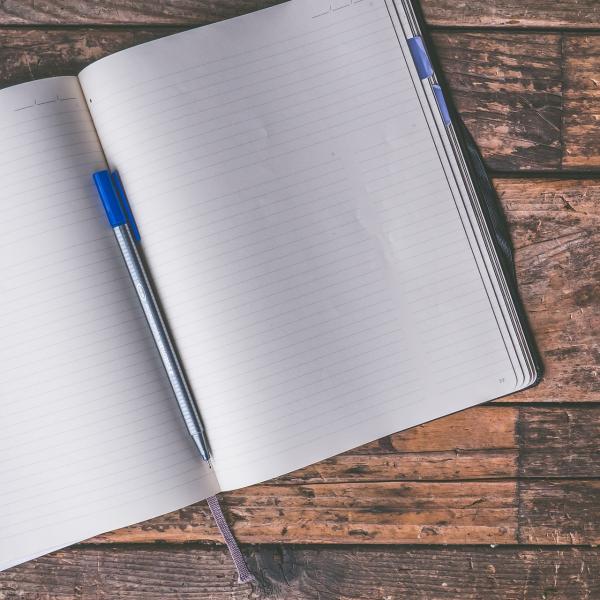The authentic versus inauthentic debate seems to be an ongoing conversation in the Institute, as experienced in lectures, readings, daydreams, and blogs. When applied specifically to music, my stomach becomes a bit queasy as I am drastically under qualified in the subject. I think determining authenticity requires an expertise in the field. I certainly enjoy listening to a variety of music but do not feign expertise. My career as an English teacher has allowed me to incorporate music into my classroom and share my appreciation for it with my students; however, in no way has my appreciation made me adept in recognizing the particular technicalities and nuances among music pieces, artists, or genres. I especially appreciate music that helps or challenges me to think about an idea, place, event, or person in a new way—just as literature often does. Nonetheless, I find it impossible to elaborate on the particulars of the process that lead me to my newfound understanding or questioning.
Skilled professionals can definitively determine the authenticity of artwork and artifacts. However, both of these physical items lend themselves to testing. I believe music’s intangibility not only makes it nearly impossible to describe (unless relying on metaphor usage as Dr. Early points out), but it also makes it difficult to determine authenticity. Yet, the desire for the authentic pervades most aspects of American culture. Perhaps our cynicism demands proof of the “real thing” even when it cannot be easily determined or defined.
When a person visits Lincoln’s home in Springfield and sees the top hat hanging on a hook at the bottom of the stairs, does one question its authenticity? Does it matter that the displayed hat is intended to evoke images and stories of Lincoln’s top hat but was never actually worn by Lincoln? Does the hat’s inauthenticity diminish or alter the visitor’s experience? Does labeling music authentic or inauthentic alter the listener’s experience? As a simple minimalist, I understand the desire to label and return to the authentic. However, I do not believe the inauthentic casualties should be devalued or tossed aside. Although experts may not recognize them as being of the same caliber as the authentic, they may be an avenue to new thinking for some individuals. The inauthentic may still inspire and connect with certain individuals.
To further confound those entangled in this already complicated topic, I would like to conclude by raising the issue of agency—a thus far unmentioned aspect of the debate that may warrant conversation. Perhaps the authentic versus inauthentic debate is really an issue of agency. Who has the power to determine authenticity? Can authenticity be determined by the casual listener or must it come from people of authority? Does it even matter who is granted the privilege of labeling? Might the debate really be one of official versus vernacular?
-- Anilise Lange
The photo is Abraham Lincoln's top hat, worn to Ford's Theatre on the night of his assassination. It is held in the National Museum of American History in Washington, D.C.



